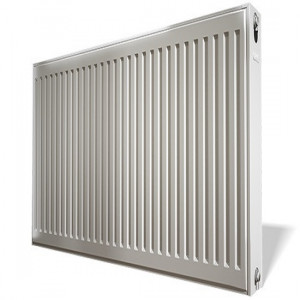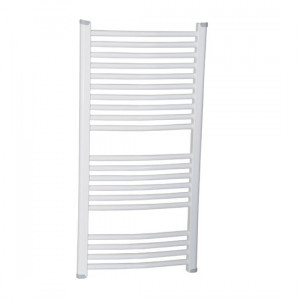| Tash Radiator |


| Registration Date | 23 Nov 2019 |
| Revision Date | 23 Nov 2019 |
| Share |
Electronics Other Electronics
RadiatorZirconium dioxide
ZrO2 Nanoparticle /Nanopowder CAS Number : 1314-23-4To ensure longest service period, this type of Tash panel radiator go through various stages of pre-paint preparations and then treated by nano sized layer using ZrO2. Corrosion properties are summarized in the table below. Salt spray test results indicated better corrosion behavior of ZrO2 coated sample compared to non-coated specimen. According to this test, class 10 is the best condition and class 0 is the worst. In addition to this results, according to ASTM D1654 standard, no evidence of rust in the underlay and according to the ASTM D714 standard no sign of blister at the scratch site, indicate the better quality of the substrate coated with the nano-layer. Using nano sized thickness coating of zinc oxide instead of conventional phosphate and chromate coatings, which according to clause 4.2 of ISO-TS-27687 and 2-27 of the National Iranian Standard No. 12098 contains nano-plate (Nanoplate) and can be considered as the field of nanotechnology.
One of the common ways of heating in apartment buildings, offices and stores is the use of radiators. The heated water in the central heating system of the building is transferred to various parts of the building by pumps and pipes and into radiators of each section. Hot water, when it has lost its warmth, is returned to the engine room to warm up, and the cycle is repeated continuously. Radiators are made of various materials such as aluminum, steel, copper or cast iron. One of the important points in using radiators is the possibility of corrosion due to contact with water and moisture. Generally, in order to increase the resistance of the radiator, surface coating is applicable. Various types of coating methods such as phosphate or chromate conversion coating are used on the surface of this parts. Considering environmental and health policies, using of these materials has been limited and coatings containing other materials such as zirconium oxide, titanium oxide and vanadium oxide have been introduced. Applying these coatings does not require toxic substances such as Chrome, Phosphates or Nickel. It is also possible to apply layers with very thin thickness (as a nano-layer) on the surface to obtain properties such as enhanced adhesion to substrate and better corrosion resistance.